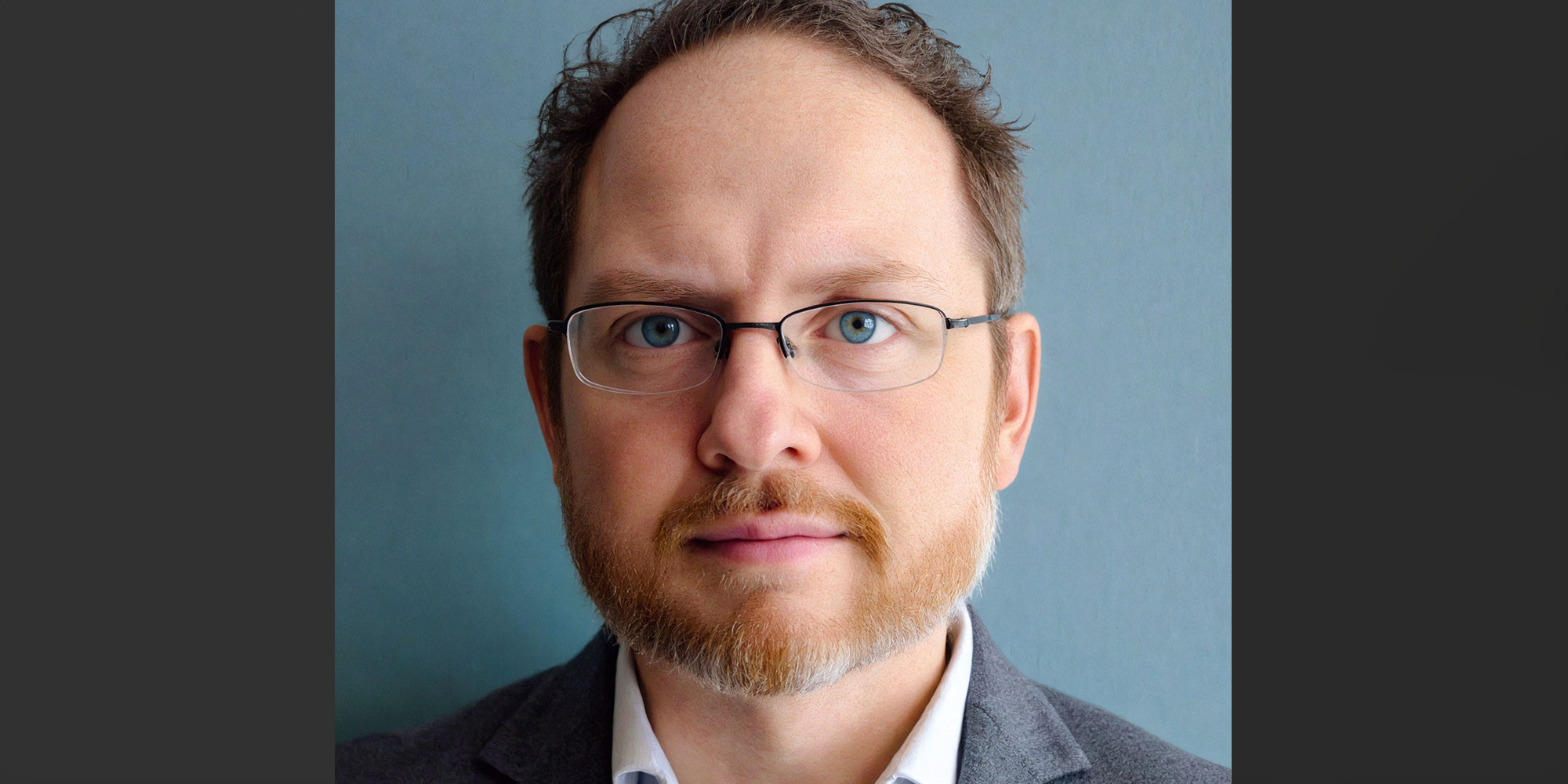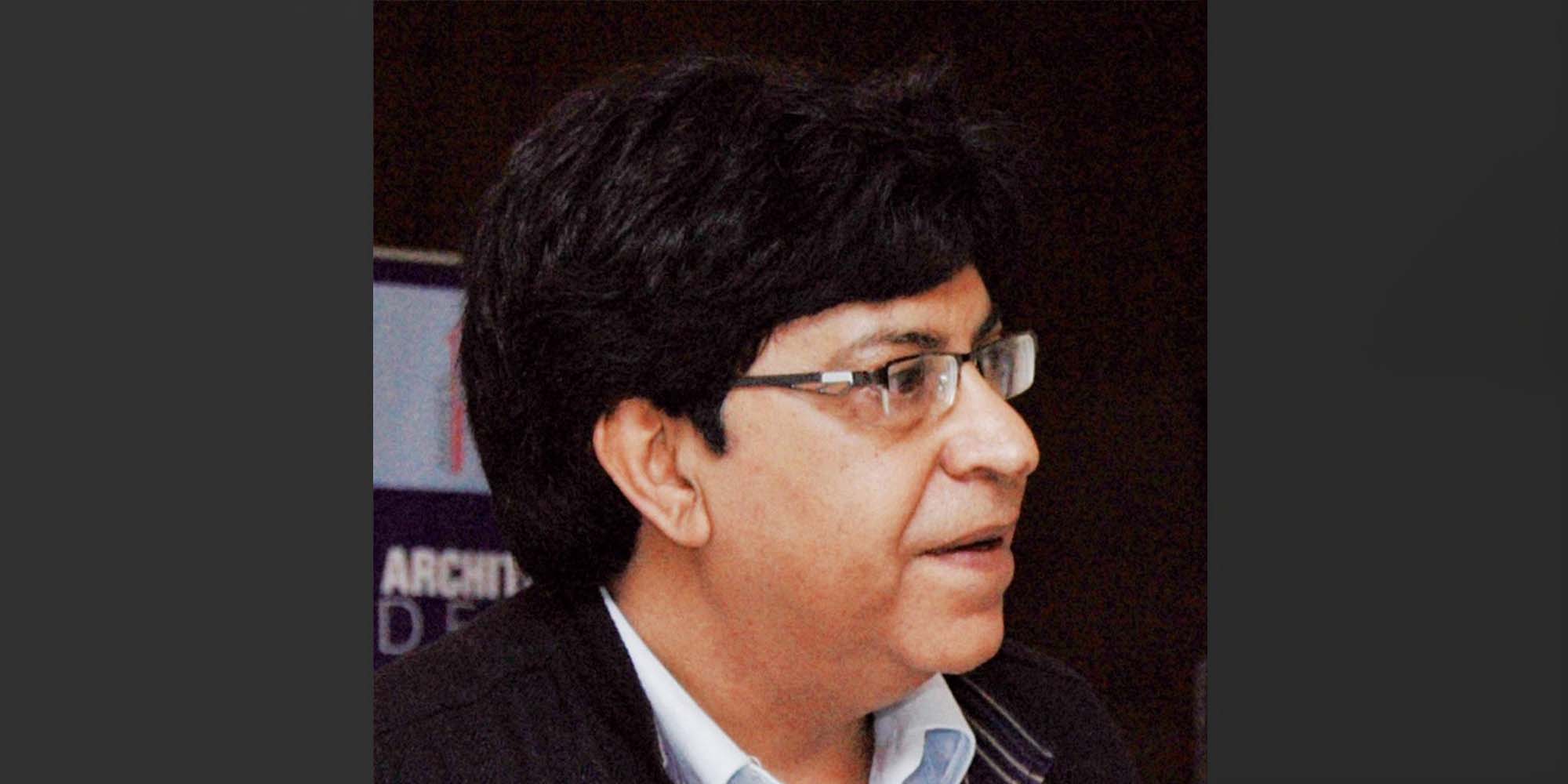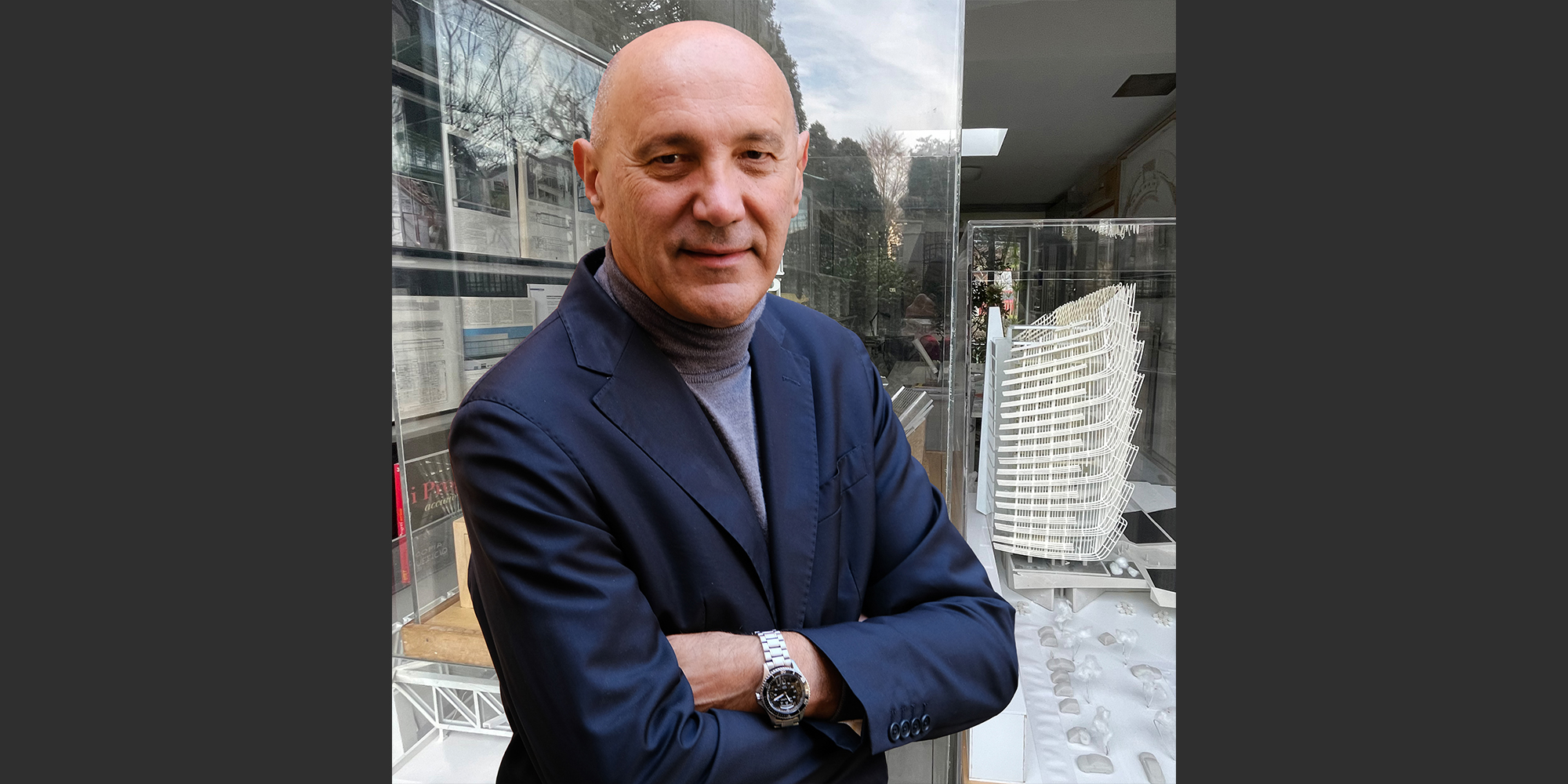In this edition of Media Matters, Fublis’ series that delves into the minds of media professionals, we sit down with Phil Stake, the founder of StoriedB, a unique storytelling platform that focuses on capturing the emotional nuances of architecture and design projects. As a PR strategist and writer, Phil has built a reputation for crafting compelling narratives that highlight the collaborative efforts behind complex projects, from innovative architectural designs to large-scale renovations.
Phil shares with us the inspiration behind StoriedB, the key strategies he employs to create narratives that resonate, and his approach to blending creativity with client expectations. Throughout the interview, he offers a glimpse into his writing process, his thoughts on current trends in architecture and design, and how emerging technologies like AI are shaping the future of storytelling.
Whether you’re a media professional, a designer, or simply someone interested in the intersection of creativity and communication, this interview provides valuable insights into the evolving role of storytelling in the built environment.
Read on as Phil Stake explores the art and craft of storytelling and the projects that lie ahead.
What inspired you to start StoriedB, and what does it intend to offer to the creative industry?
Phil Stake: I saw a need for storytelling that surfaces universal emotional responses to these marvelous building achievements — without skimming over the nuts and bolts of how it was actually accomplished. Designers, for example, are part of the story and necessarily see it from a designer’s perspective. And so is every other member of the project team, each contributing in subtle and nuanced ways, together and separately, to move the project forward. The need was for storytelling that captured the nuance of each and the role of each in the bigger narrative. My clients have told me that they work on projects for years and still learn something new from my stories. That’s the inspiration behind StoriedB.
Can you share an example of a project that truly embodies the ethos of StoriedB?
Phil Stake: In 2023, I wrote the award submission for a project that earlier this year was named an ENR Best of the Best project. It was a renovation and enlargement of a one-of-a-kind, maritime facility. It was of massive scope and scale, requiring many specialists to work together in a very condensed and immovable time frame.
As a PR strategist, what key strategies do you employ to craft compelling narratives?
Phil Stake: Some projects involve innovative structural designs or novel materials. Or the site itself could present the greatest challenge — for example, new construction in a dense metropolis versus the same building in a sprawling, less-congested context. The most compelling aspects of the story will inform strategies for capturing earned media as well as awards programs to target, and thought leaders to promote. A lot may be determined by the client’s brand identity and to what extent they would like to raise awareness, change attitudes or motivate action. I will sometimes outline a story in percentages of logos, ethos and pathos — based on the most compelling aspects of the narrative.
Can you take us through your writing process?
Phil Stake: Sure, it really doesn’t start until I’ve finished gathering information. I think I learned early on that it’s no fun to write a story and then realize you missed the most interesting part entirely.
So I focus first on collecting notes from interviews and on reading as much as I can about the who, what, when, where, why and how of the context in which the story exists. Once I start writing, it’s a process of constant revision. I usually try to give myself about 10 minutes to think of a lede, and if I can’t, then I move on and come back to it. And in general, I will write headlines last — unless it’s one of those headlines that writes itself, which happens rarely for me.
How do you strike a balance between staying true to your own creative vision and meeting the expectations of your clients?
Phil Stake: I think the balance is maintained because we have the same goal. It’s like a partnership. We both want to capture the story in all its color and complexity in order to celebrate an accomplishment, a project, a person, or a milestone. The parameters help define my creativity for me. For example, a press release has a different purpose than a project description. An award submission focused on architecture will read differently than an award submission for structural design/interior design/construction, etcetera. A lot is left out necessarily — out of respect for the reader’s time and level of interest. The tone is different. The creativity comes from seeing a massive lump of information and carving out what’s superfluous or redundant to reveal lean and economic prose that tells a compelling story for your target audience but is also accessible to a mass audience who is reading it cold.
What are some exciting trends that you have noticed within the contemporary architecture and design scene?
Phil Stake: There is a lot of focus in the US right now on repurposing underused commercial and industrial buildings. Developers are working with architects and engineers to find candidates for repositioning as residential and mixed-use projects.
What’s next for you in your career? Are there any exciting projects, or new ventures that you’re particularly excited about?
Phil Stake: I’ve been honing my skills with text-to-video and text-to-image, developing my AI chops to eventually create visual media. I think the technology is pretty exciting for writers who can visualize and render a tableau with words, who understand how to show rather than tell. It’s just a sandbox for me right now, but I’ll eventually be able to produce short films, tell stories much more visually, sans studios, especially as the tools continue to develop. These tools are already helping me develop visual concepts behind the scenes, but I have considered perhaps one day pitching small but smart AI visuals for client publication as well.




